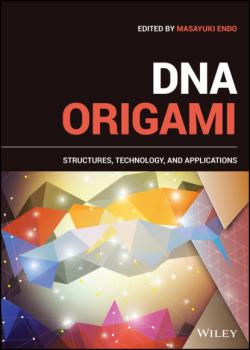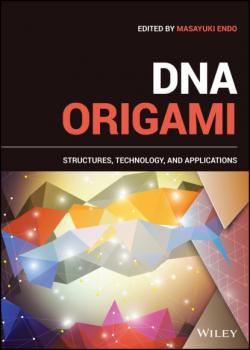ТОП просматриваемых книг сайта:
John Wiley & Sons Limited
Все книги издательства John Wiley & Sons LimitedАннотация
Аннотация
Fundamentals of Cancer Detection, Treatment, and Prevention The professional guide to cancer diagnosis and therapy for researchers and clinicians In Fundamentals of Cancer Detection, Treatment, and Prevention, distinguished researcher Surya K. De delivers a concise and authoritative guide to cancer treatment, diagnosis, and prevention. The book offers a comprehensive overview of cancer in humans, from its causes, symptoms, and diagnosis to the variety of treatment options available today. Intuitively organized by cancer type, this guide provides concise information on risk factors, diagnosis, and treatment options for all commonly encountered tumors, including surgery, radiation therapy, chemotherapy, and immunotherapy. All US FDA-approved drugs—like small molecules, peptides, monoclonal antibodies, whole antibodies, gene therapy, antibody-drug conjugates, and cell therapies—are considered, and information about their generic and brand names, clinical uses, and mechanisms of action is presented. Readers will also find: A thorough overview of human cancers, including cancer risk factors and possible preventions Comprehensive explorations of bladder, blood, brain, and spinal cord cancers Practical discussions of breast, colorectal, cervical, kidney, and liver cancer In-depth examinations of lung, skin, ovarian, vaginal, vulvar, pancreatic, and prostate cancers, as well as mesothelioma Perfect for pharmaceutical chemists, oncologists, pharmacologists, and medicinal chemists, Fundamentals of Cancer Detection, Treatment, and Prevention is an indispensable guide for professional researchers, whether they are working in the clinic or the pharmaceutical industry.
Аннотация
DNA ORIGAMI Discover the impact and multidisciplinary applications of this subfield of DNA nanotechnology DNA origami refers to the technique of assembling single-stranded DNA template molecules into target two- and three-dimensional shapes at the nanoscale. This is accomplished by annealing templates with hundreds of DNA strands and then binding them through the specific base-pairing of complementary bases. The inherent properties of these DNA molecules—molecular recognition, self-assembly, programmability, and structural predictability—has given rise to intriguing applications from drug delivery systems to uses in circuitry in plasmonic devices. The first book to examine this important subfield, DNA Origami brings together leading experts from all fields to explain the current state and future directions of this cutting-edge avenue of study. The book begins by providing a detailed examination of structural design and assembly systems and their applications. As DNA origami technology is growing in popularity in the disciplines of chemistry, materials science, physics, biophysics, biology, and medicine, interdisciplinary studies are classified and discussed in detail. In particular, the book focuses on DNA origami used for creating new functional materials (combining chemistry and materials science; DNA origami for single-molecule analysis and measurements (as applied in physics and biophysics); and DNA origami for biological detection, diagnosis and therapeutics (medical and biological applications). DNA Origami readers will also find: A complete guide for newcomers that brings together fundamental and developmental aspects of DNA origami technology Contributions by a leading team of experts that bring expert views from different angles of the structural developments and applications of DNA origami An emerging and impactful research topic that will be of interest in numerous multidisciplinary areas A helpful list of references provided at the end of each chapter to give avenues for further study Given the wide scope found in this groundbreaking work, DNA Origami is a perfect resource for nanotechnologists, biologists, biophysicists, chemists, materials scientists, medical scientists, and pharmaceutical researchers.










